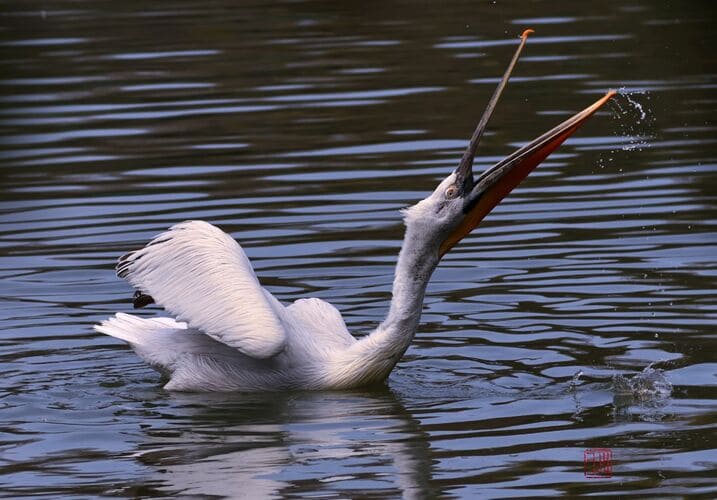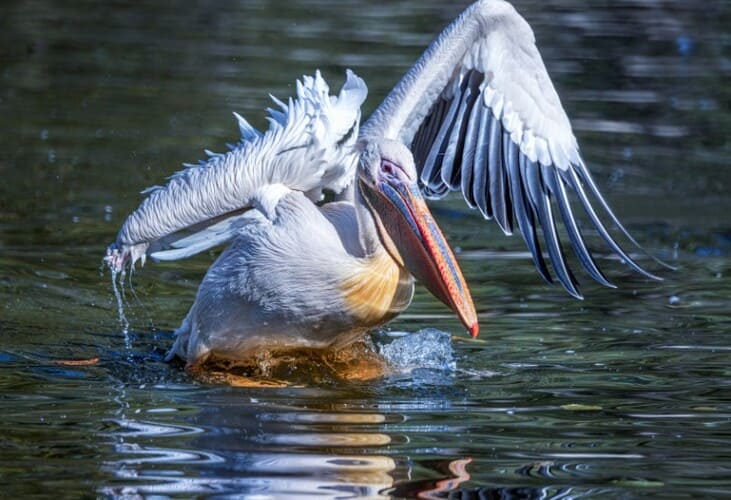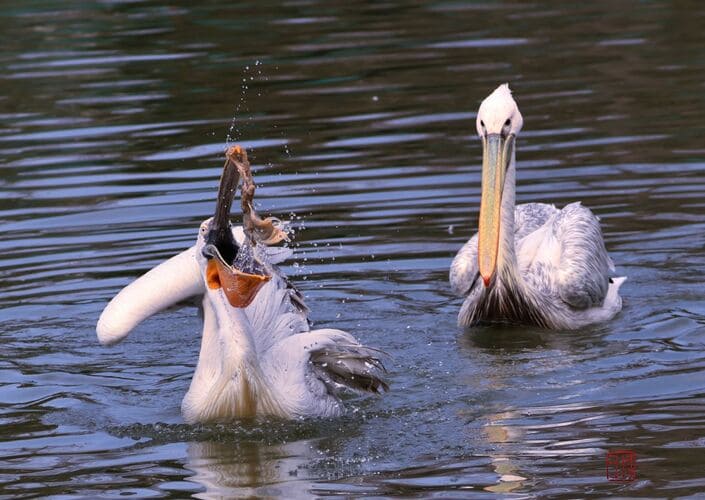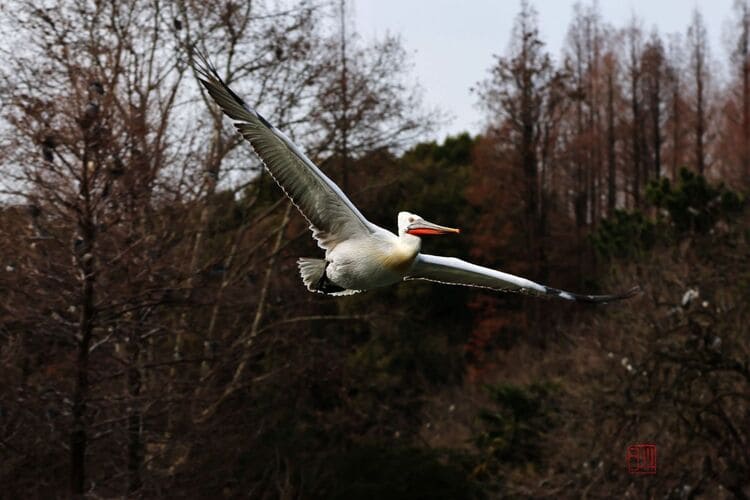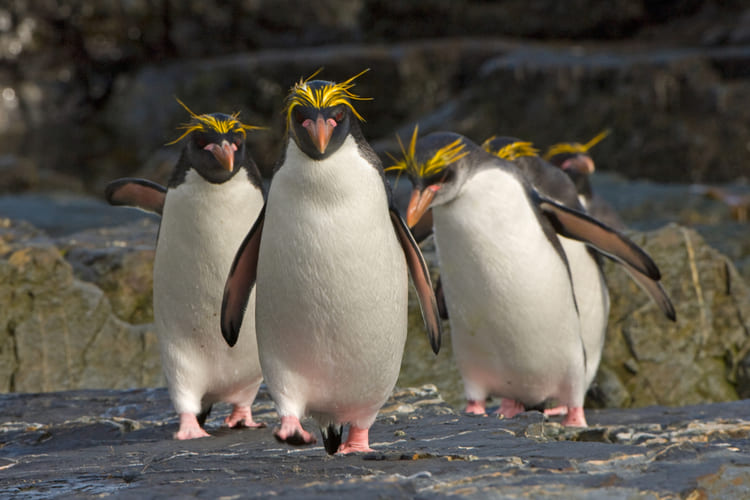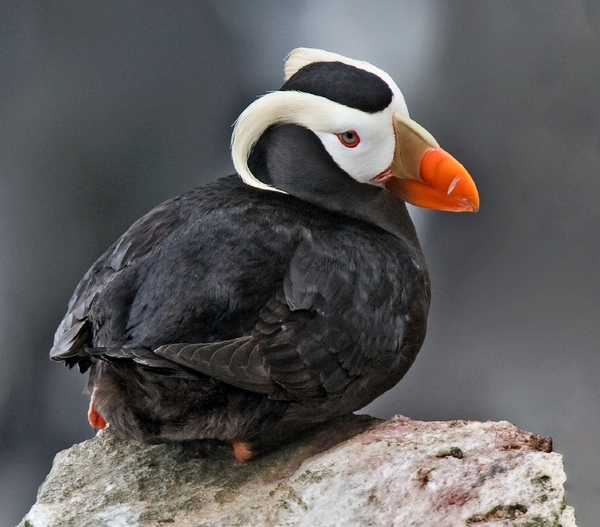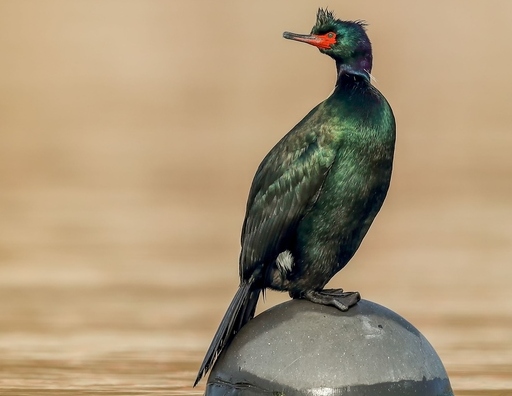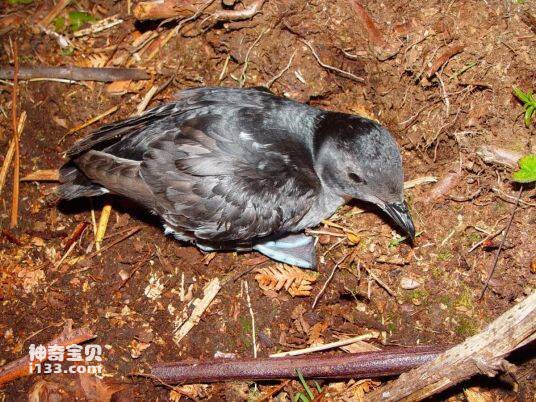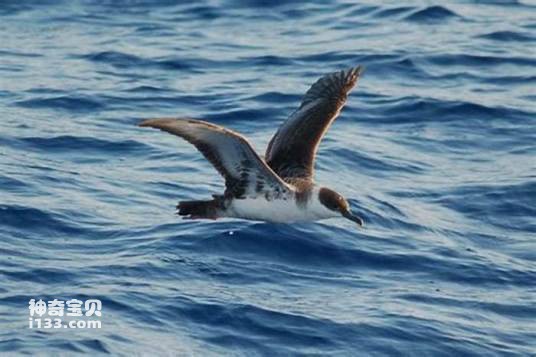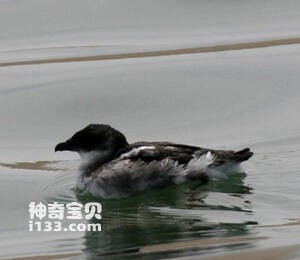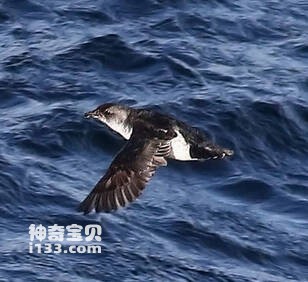Pelicans (Genus Overview)
IUCN
Not evaluatedBasic Information
Scientific classification
- name:Pelicans (Genus Overview)
- Scientific Name:Pelecanus (genus)
- Outline:Waterfowl
- Family:Pelecanidae Pelecanus
Vital signs
- length:1.2–1.8 m
- Weight:4–15 kg
- lifetime:Typically 15–25 years (wild)
Feature
Long bill with gular pouch; cooperative/scoop feeding; colonial nesting; fully webbed toes; efficient soaring.
Distribution and Habitat
Lakes, estuaries and coastal wetlands in tropical–temperate regions worldwide.
Appearance
Very large, 2–3.5 m wingspan; prominent throat pouch; retracted neck in flight; fully webbed toes.
Details
Pelicans (Pelecanus, family Pelecanidae) are very large waterbirds with an expandablegular pouch and long bill. Eight extant species range across tropical–temperate lakes, estuaries and coasts. Most scoop‑feed or forage co‑operatively; the Brown Pelican plunge‑dives.
Ecology & Behaviour
Diet mainly fish, with crustaceans/amphibians. Colonial breeders on islands, sandbars or reedbeds; both parents incubate and rear chicks.
Identification
Length 1.2–1.8 m; wingspan 2–3.5 m; elastic pouch expands to trap fish and drain water. In flight the neck is retracted; fully webbed toes.
Threats & Conservation
Wetland loss/hydrological alteration (reclamation, dams, extraction).
Pollution & fisheries interactions (toxins, hook/line entanglement).
Disturbance at colonies (tourism, boats, drones).
Actions: buffers/seasonal closures at colonies, wetland restoration, water‑quality monitoring and fisheries mitigation (lead‑free tackle, anti‑entanglement).
FAQ
Q1. Is the pouch for storing water? It is primarily a fishing/straining tool, not long‑term storage.
Q2. Do all pelicans plunge‑dive? No—only a few (e.g., Brown Pelican); most scoop‑feed or herd fish.
Q3. Genus‑level status? Not evaluated; IUCN varies by species—see species pages.

